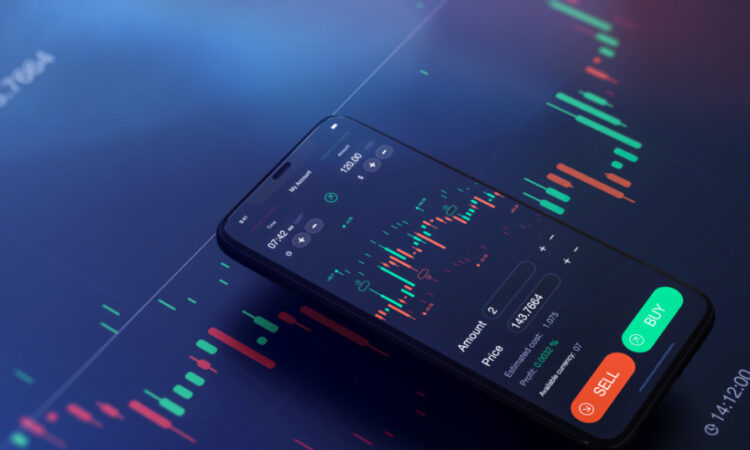
Forex trading represents a big opportunity for people to invest and potentially make a profit. It is a decentralised currency exchange that gives virtually anyone the option to trade. A lot of us have seen the ads for forex trading platforms but if you don’t fully understand it, there are some basic terms you should get to know.
One of the very basic pieces of information revolves around forex pairs, and this is important to understand when it comes to trading.
What are forex pairs?
If you have ever come across forex, you will know that the way it works is in ‘pairs’. The currencies are bundled in these pairs to make it easier to trade and to allow you to back one currency versus another.
A pair is the price of the two currencies, with one being quoted against the other. There is something called a ‘base’ currency and then the second currency mentioned is the ‘quote’ currency.
The forex pairs are a way to compare one currency to another, and they are calculated based on how much of one currency (the quote currency) would be needed to buy the base unit. This could be USD to EUR or a variety of other currency pairs.
Remember that currencies all have a code, called the ISO code. This is the global standard for each currency. The US dollar’s code, as you probably will have seen, is USD. The British pound is GBP and the euro is EUR.
Check out a full list of all of the currencies here.
There are many major currencies and currency pairs that you can explore in forex trading. The more you understand about them, the better.
These are some of the most ‘liquid’ currencies, which means they are the most widely traded out there:
- EUR/USD or the euro vs. the US dollar.
- USD/JPY or US dollar vs. the Japanese yen.
- GBP/USD or the British pound vs. the US dollar.
- USD/CHF or the US dollar vs. the Swiss franc.
- AUD/USD or the Australian dollar vs. the US dollar.
- USD/CAD or the US dollar vs. the Canadian dollar.
You will notice that these all include the US dollar.
Minor currencies
There are plenty of other examples of currencies that can be used to trade, described by many as minor crosses or minor currencies. They tend to have bigger spreads and may not be as widely used.
Some examples of these currencies that are popular without trading the dollar include EUR/GBP, GBP/JPY and EUR/CHF.
There are also some other currencies, such as the Singapore Dollar (SGD), that are starting to become well-known as ‘exotic’ or emerging market pairs. There are many different currencies out there, which means there are plenty of opportunities to trade and spot patterns.
As in business investment, where there are emerging small businesses, there are also emerging currencies that can provide an opportunity in the forex trading industry.
How trading currency pairs works
Though you may now understand all of the major currency pairs, it is also crucial that you understand the way the actual trading works.
Forex trading allows you to both buy and sell currency at the same time, and the pair (as explained above) is brought together as a single unit which can be bought and sold. If you buy a currency pair, you are buying the base currency and selling the quote. This is why it is so important to understand the quote and the base!
When you sell the currency pair, you are selling the base currency, and receiving the quote currency. Pairs are then given prices, including the buy price and the sell price. The ‘ask’ is the price the broker provides and will sell the base currency for.
The world of trading currencies means using cash to buy up a certain global currency – using one type of money to buy another! This is different to trading stocks and shares or any other form of commodities all over the world
Summary
If you are keen to trade forex and try to reach your potential as a trader, there is plenty to learn. Luckily, a lot of brokers let you log into a ‘demo’ account, which means you can try buying and selling without any real money as you learn the industry. Currency pairs is one of the most basic and simple terms that you need to understand before getting started.



